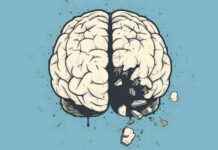In this digital age filled with AI and misinformation, it is crucial for today’s students to be equipped with the skills to differentiate between fact and fiction. A survey conducted by the Center for Countering Digital Hate revealed that a significant percentage of teenagers believe in harmful conspiracy statements, highlighting the pressing need for better news literacy among students.
Educators are advised to incorporate critical thinking skills into segments on current events that students find engaging. By encouraging students to question the content they encounter, evaluate the credibility of sources, and distinguish between different types of media, educators can help students develop the necessary skills to navigate the complex world of information.
It is essential for students to understand the differences among facts, bias, well-reasoned opinions, and poorly reasoned opinions. By teaching students how to fact-check information and corroborate sources, educators can empower students to be discerning consumers of information.
Furthermore, educators should consider integrating AI tools into the classroom to help students understand both the capabilities and limitations of AI. By using AI as an assistant rather than a replacement for critical thinking skills, students can learn to evaluate the output of AI tools and use them responsibly.
Teaching students to identify an op-ed versus a news article, consider the credibility of sources, and understand the various models of media can help students navigate the vast landscape of information available to them. By incorporating these skills into the curriculum, educators can prepare students to be critical thinkers in the age of AI and misinformation.





